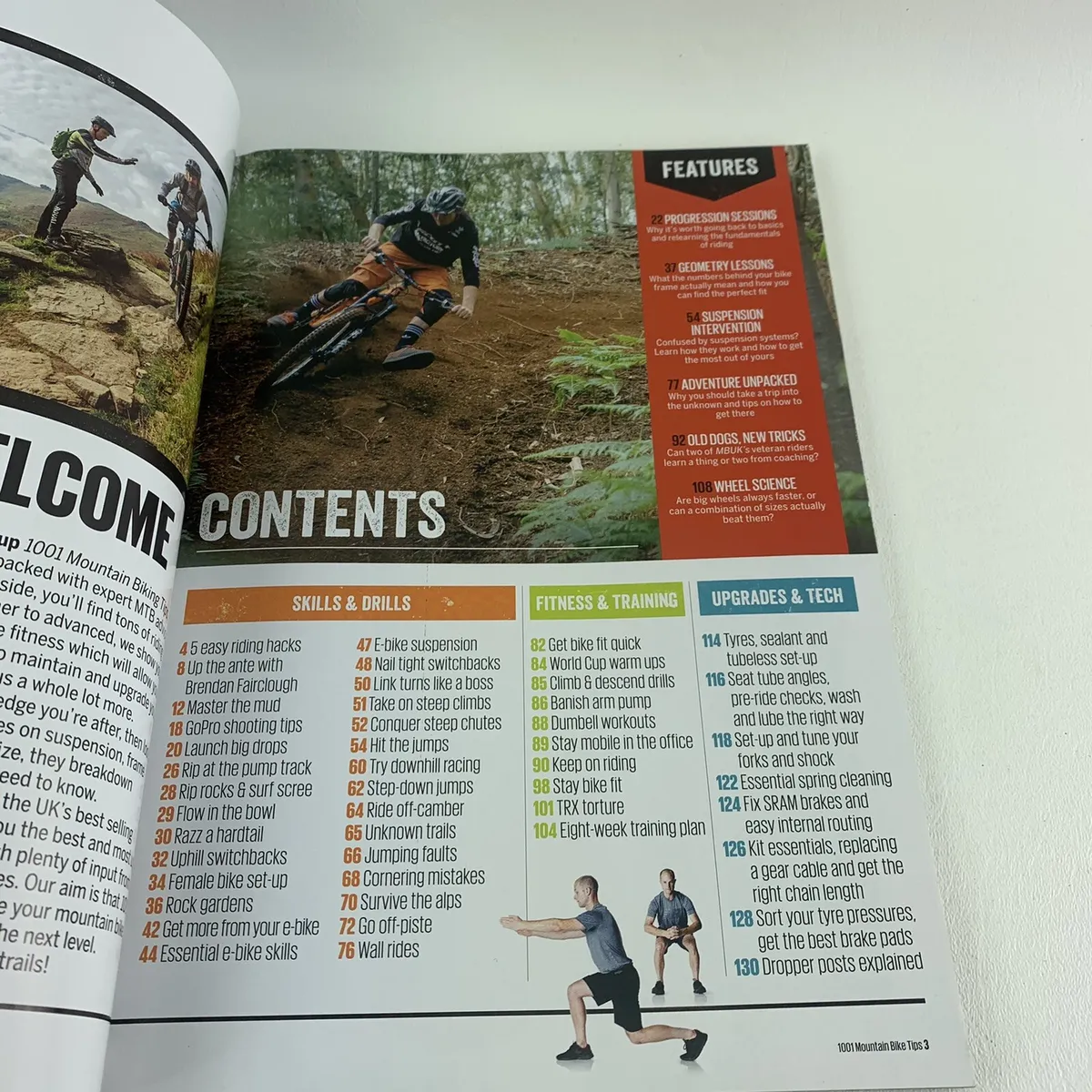Learning Bicycle Mastery: 8Tips for Effortless Riding

As an affiliate, we may earn from qualifying purchases. We get commissions for purchases made through links on this website. You can read more on our Affiliate Disclaimer here.
Learning bicycle is a thrilling adventure. It’s like unlocking a new level in a game.
This guide makes it super easy and fun. Ready to be a cycling pro? Let’s pedal into the steps!

Credit: www.twowheelingtots.com
Step 1: Find the Perfect Bike
Your first mission is to find a bike that fits you right. A bike that’s too big or small is no good.
You should be able to touch the ground with your feet. This helps you stop without falling.
Here’s a cool size chart for you:
| Age | Height (Inches) | Wheel Size (Inches) |
|---|---|---|
| 2-4 years | 26 – 34 | 12 |
| 4-6 years | 34 – 42 | 16 |
| 6-10 years | 42 – 52 | 20 |
| 10+ years | 52+ | 24+ |
Step 2: Gear Up for Safety
Safety first, always. You need a helmet that fits your head just right.
Wearing knee and elbow pads is also smart. They can save you from boo-boos if you fall.
Step 3: Flat Ground is Your Best Friend
Next, find a nice, flat place to practice. No cars, less stress. It’s where you’ll learn the fastest.

Credit: www.ebay.com
Step 4: Balancing is Key
Guess what? You’ve got to balance before you pedal. Try this:
- Scoot first. Sit and push with your feet. Feel the bike move.
- Lift your feet. Try to keep them up longer each time. Hello, balance!
Step 5: Pedals Join the Party
Once you can balance, let’s add pedals to the mix. Start with one foot on a pedal.
Push off with the other foot. Then get both feet on. You’re doing it—cycling!
Step 6: Braking 101
You’ve got to know how to stop. Press the brakes gently. Do it before you need to stop.
Practice makes perfect.
Step 7: Practice Steering
Steering can be tricky. But don’t worry. You’ll get it with practice. Keep your eyes up.
Look where you want to go and steer gently. Soon, you’ll be turning like a champ.
Step 8: Keep Practicing
Practice makes a cycling master. Ride a little each day. Try new paths. Have fun with it.
Watch out for bumps and learn to dodge them.
Basic Bicycle Rules You Should Know
Here are some simple rules to keep you safe:
- Wear your helmet every time you ride.
- Check your bike before riding. Brakes, tires—make sure they’re all good.
- Ride on the right side, with cars, not against them.
- Use hand signals. Tell others what you plan to do.
- Look and listen. Keep your eyes open for cars and people.
Fun Places to Ride Your Bike
When you get good at cycling, try these cool spots:
- Parks are peaceful with nice paths to ride.
- Bike trails are made just for cycling. They’re super fun.
- Quiet neighborhoods let you explore safe streets.
Conclusion: Ready, Set, Ride!
Now you know the secrets to learning to ride a bike. With your helmet on and a big smile,
you’re ready to hit the road. Remember, keep practicing, stay safe, and have a blast cycling!
Frequently Asked Questions about Learning Bicycle
What Are The Basics Of Learning To Cycle?
Mastering cycling involves balance, steering, pedaling, and braking. Beginners should practice each skill in a safe, flat area to gain confidence.
How Long Does It Take To Learn Cycling?
On average, children may learn to cycle in a few hours or days, while adults might take several weeks. Consistency and practice are key to success.
Can Adults Learn To Ride A Bicycle?
Adults can learn to ride bicycles. Starting with the right-sized bike and protective gear, any adult can learn cycling with patience and practice.
What Safety Gear Is Essential For Cycling?
A well-fitted helmet is crucial for safety while cycling. Other gear includes lights, reflective clothing, gloves, and knee and elbow pads for added protection.
How Do I Choose The Right Bicycle Size?
The right bicycle size ensures comfortable riding. Check that your feet touch the ground when seated and ensure the handlebars and seat are at the appropriate height.

Steven is a professional cyclist and his passion is cycling. He has been cycling for the last 6 years and he loves using bikes while outing as well. Based on his experiences with the different types of bikes; he is sharing his opinions about various bikes so that a beginner can start right away. Find him on Twitter @thecyclistguy Happy Biking.




